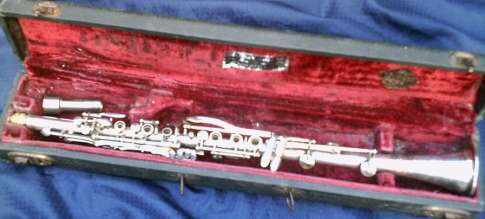Both have the unlinked register mechanism that is typical of all Noblet and what were once branded as Vito bass clarinets but more recently have been sold under the Leblanc label, and of the vast majority of Leblanc (Paris) "professional" bass clarinets. Some claim that this works just fine, others (myself included) note a "gripping" problem with jumps from below the first register break to the notes B, C, C# and D just above the register break.
(Older Leblanc (Paris) basses also have the dreaded "fork Eb" mechanism on the lower joint. A clever bit of keywork in theory, I have always found it to be poorly regulated when I encounter the things.)
The fact that both Buffet and Selmer, the two quality bass clarinet lines, have always used the linked register mechanism on their "professional grade" instruments, speaks to this as well. (It has been routinely omitted from student instruments since the 1950's, most probably due to the difficulty of protecting the long, exposed linkage to the lower joint on the back of the instrument.) While harder to keep in adjustment, it really does make for a smoother playing experience (says the veteran of over fifty (sigh) years of bass clarinet playing experience, on all types of horns (including those with manual register keys)...



